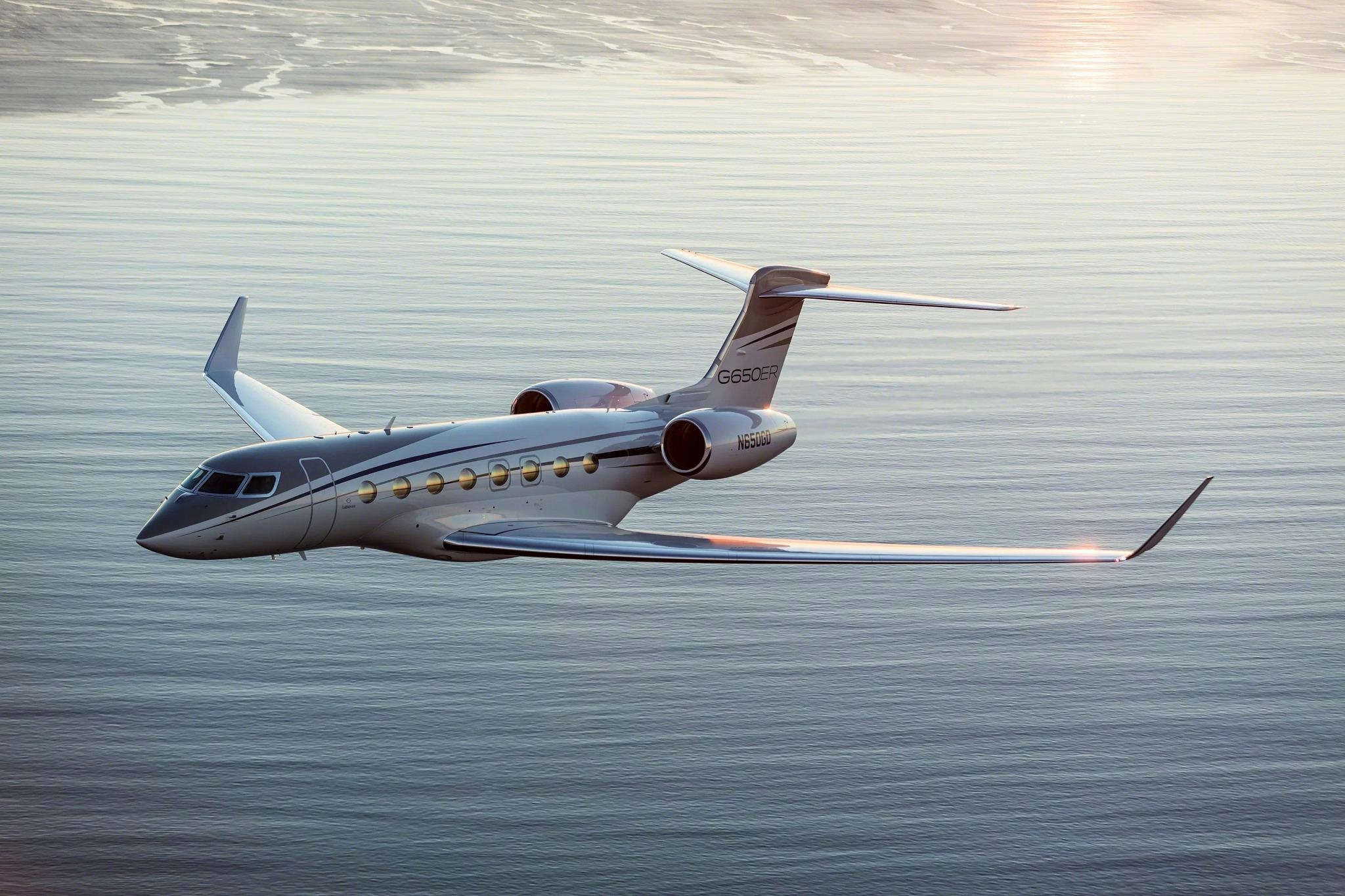
AeroGenie: il tuo copilota intelligente.
Tendenze
Categories
IoT in Aviation: Market Trends and AI Integration Through 2034
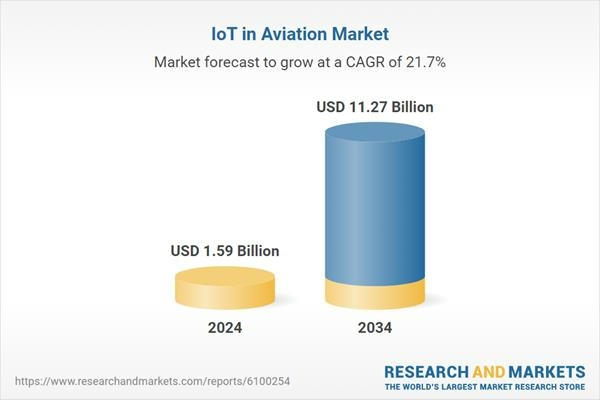
IoT in Aviation: Market Trends and AI Integration Through 2034
The global Internet of Things (IoT) market within the aviation sector is poised for significant growth, with projections indicating an increase from $1.59 billion in 2024 to $11.27 billion by 2034. This expansion, representing a compound annual growth rate (CAGR) of 21.7%, is driven by the industry’s pressing need to improve operational efficiency, reduce costs, and enable enhanced real-time decision-making capabilities.
Industry Transformation and Market Drivers
Aviation stakeholders are increasingly integrating IoT technologies to modernize and optimize their operations. Real-time sensor systems now allow aircraft operators to monitor onboard components continuously, optimize flight trajectories, and manage fuel consumption with greater precision. Predictive maintenance, underpinned by IoT and advanced analytics, plays a critical role in minimizing downtime and bolstering safety by tracking engine health, structural integrity, and overall system performance.
Airports and airlines are also capitalizing on IoT-enabled automation to streamline crew scheduling and baggage handling processes, resulting in reduced operational expenses and improved service reliability. Furthermore, enhanced passenger experiences—such as personalized notifications and seamless baggage tracking—are contributing to stronger brand loyalty and customer satisfaction.
Supply Chain Dynamics and Domestic Innovation
The imposition of tariffs on electronics and semiconductor components has disrupted global supply chains, leading to increased production costs and challenges in securing IoT devices. These disruptions have accelerated a shift toward domestic sourcing, particularly within the United States. Although initial supplier capacity constraints created friction, this transition has ultimately fostered innovation in avionics and connectivity technologies. The move toward localization underscores both the challenges and strategic benefits of developing critical technology sectors domestically.
Market Segments and Technological Advancements
In 2024, the hardware segment of the IoT aviation market reached $714.9 million, propelled by demand for sensors, actuators, and communication modules that enable robust data exchange between aircraft systems and ground control centers. Technologies such as RFID and beacon systems are instrumental in baggage tracking and inventory management, while avionics-grade communication modules ensure uninterrupted in-flight connectivity. Edge computing solutions installed onboard aircraft process critical data locally, reducing latency and dependence on external networks.
Aircraft health monitoring and predictive maintenance applications accounted for $426 million in 2024. These systems leverage sensor data and predictive algorithms to assess component wear, engine performance, and system diagnostics in real time, thereby reducing unexpected failures and extending the operational lifespan of aircraft.
AI Integration and Competitive Landscape
Artificial intelligence integration is emerging as a key competitive differentiator in the aviation IoT market. Leading corporations such as General Electric and Cisco are investing heavily in advanced IoT and AI technologies aimed at enhancing safety protocols and operational efficiency. The United States maintains a dominant position in the market, with a strong emphasis on research and development as well as cybersecurity measures.
Challenges and Future Outlook
Despite the promising growth trajectory, the IoT aviation market faces considerable challenges, including cybersecurity vulnerabilities, regulatory compliance complexities, and the technical difficulties associated with integrating new IoT solutions into legacy systems. Nonetheless, industry confidence remains high. For instance, the aircraft safety check automation segment is projected to expand from $1.2 billion in 2024 to $2.5 billion by 2034, reflecting sustained optimism about IoT-driven transformation.
As the aviation industry continues to adopt IoT and AI technologies, the primary focus will remain on improving operational efficiency, safety, and passenger experience, while navigating the evolving regulatory and technological environment.
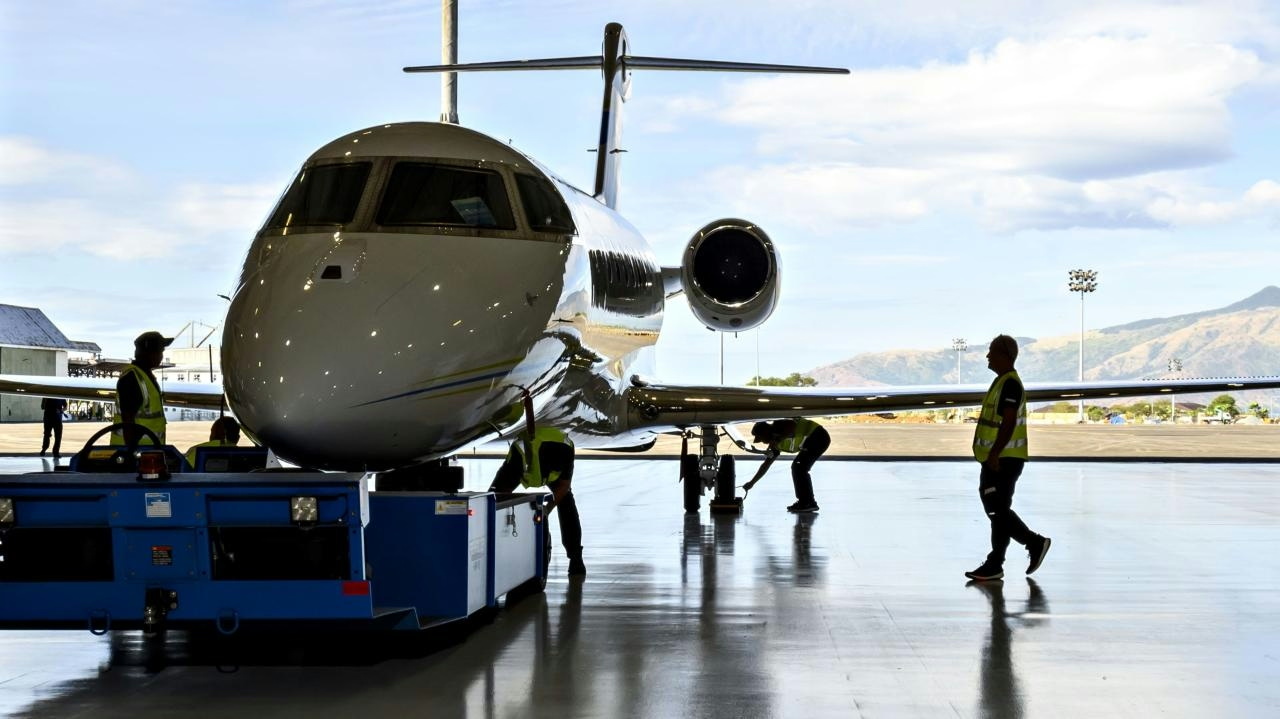
ACTSI Expands Subic MRO Facility with New Hangar
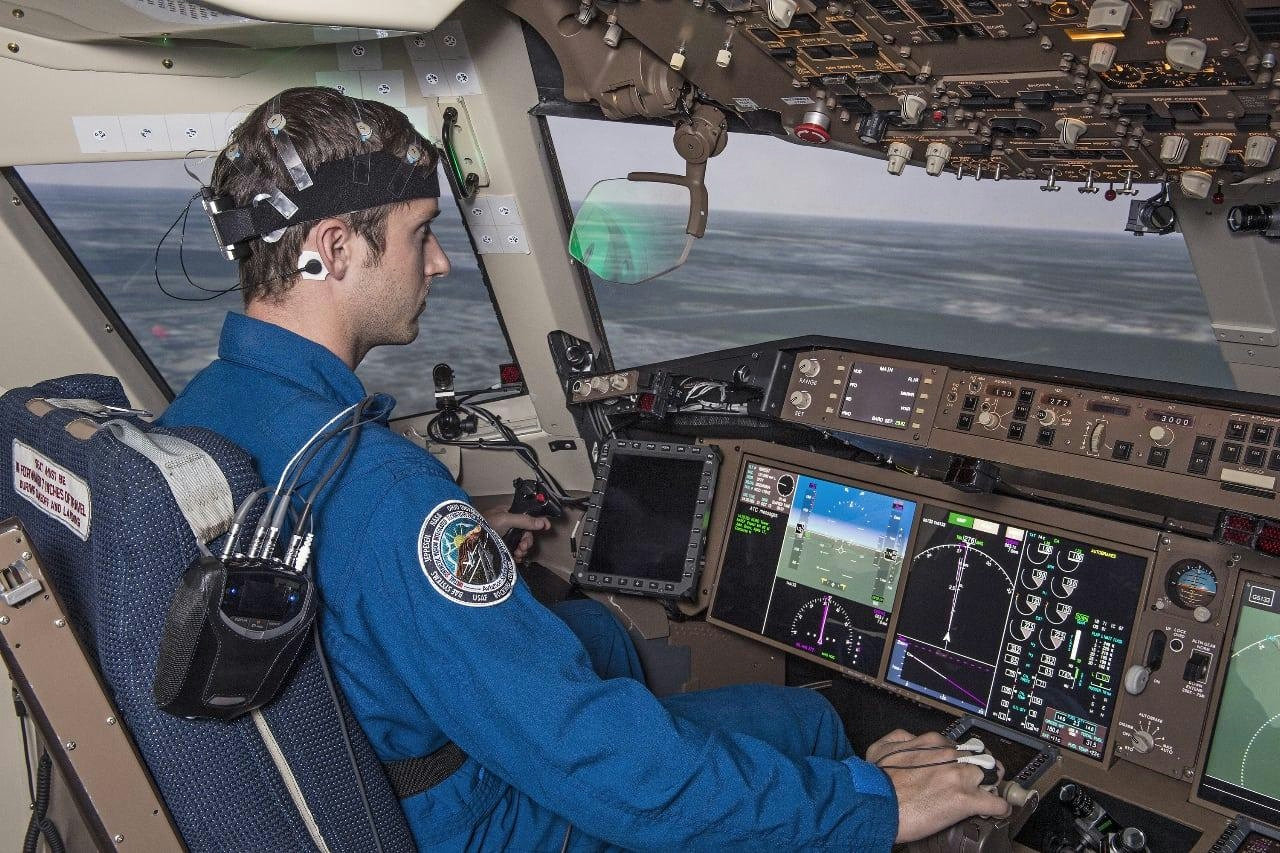
Georgia Tech and NASA Partner on Autonomous Flight Research at New Aviation Lab
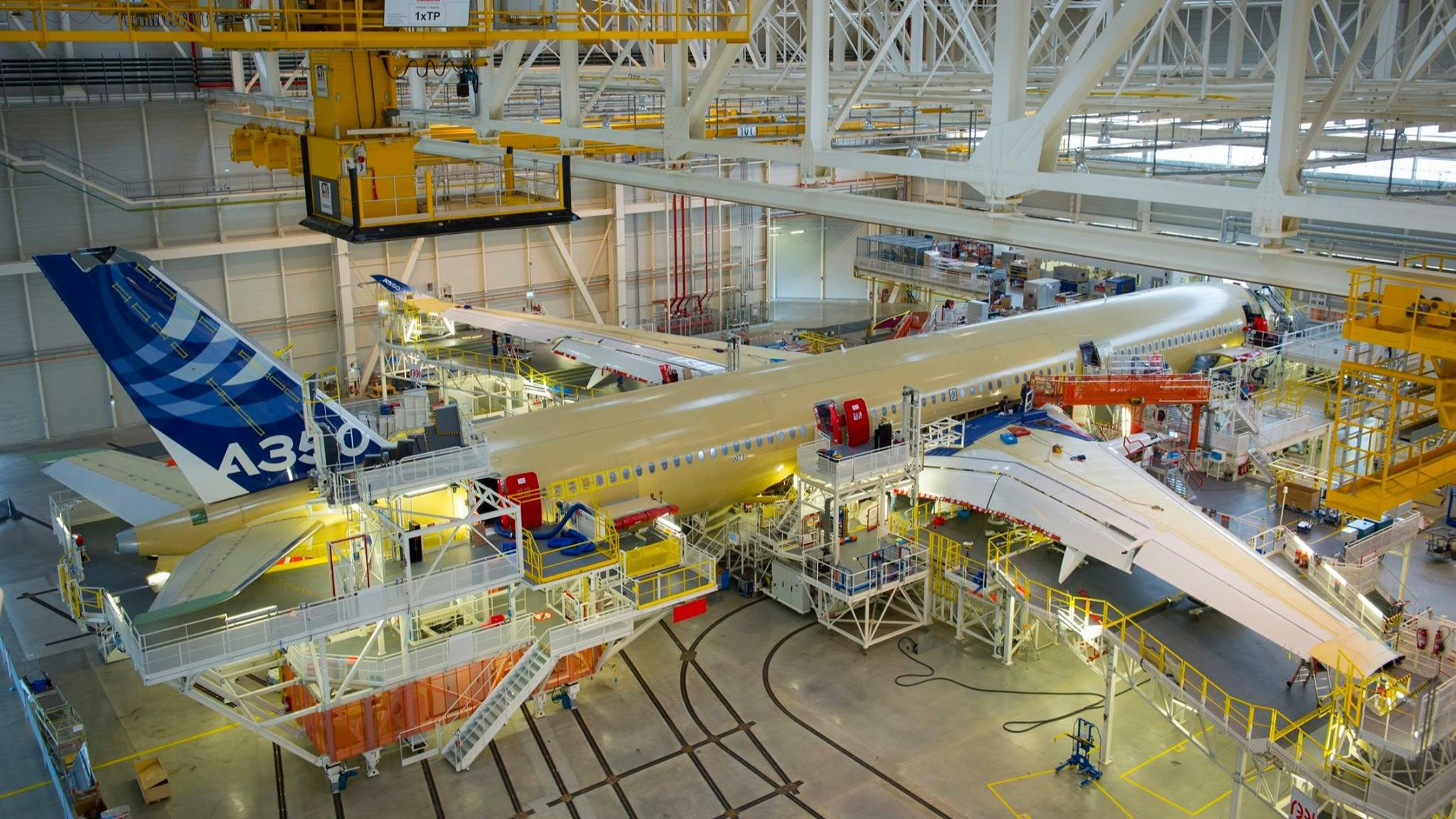
Airbus and Boeing Report September 2025 Aircraft Orders and Deliveries
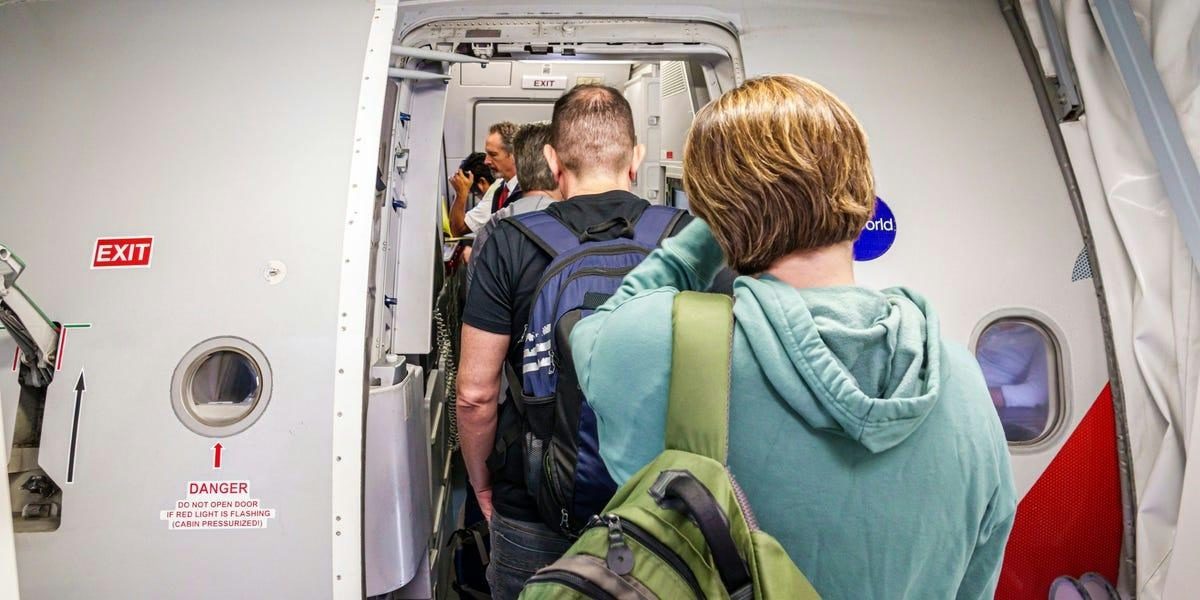
Review: American Airlines’ New AI Trip Planner Shows Promise but Needs Improvement
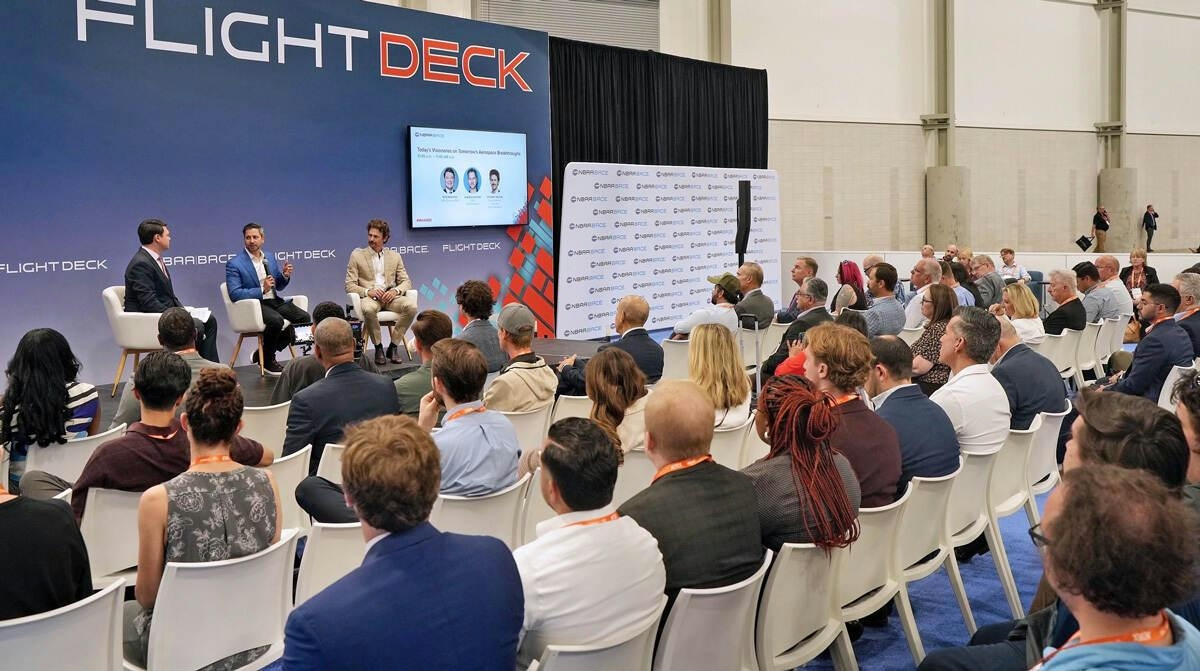
Archer Aviation and Game Aerospace Executives Discuss Future Technology Advances
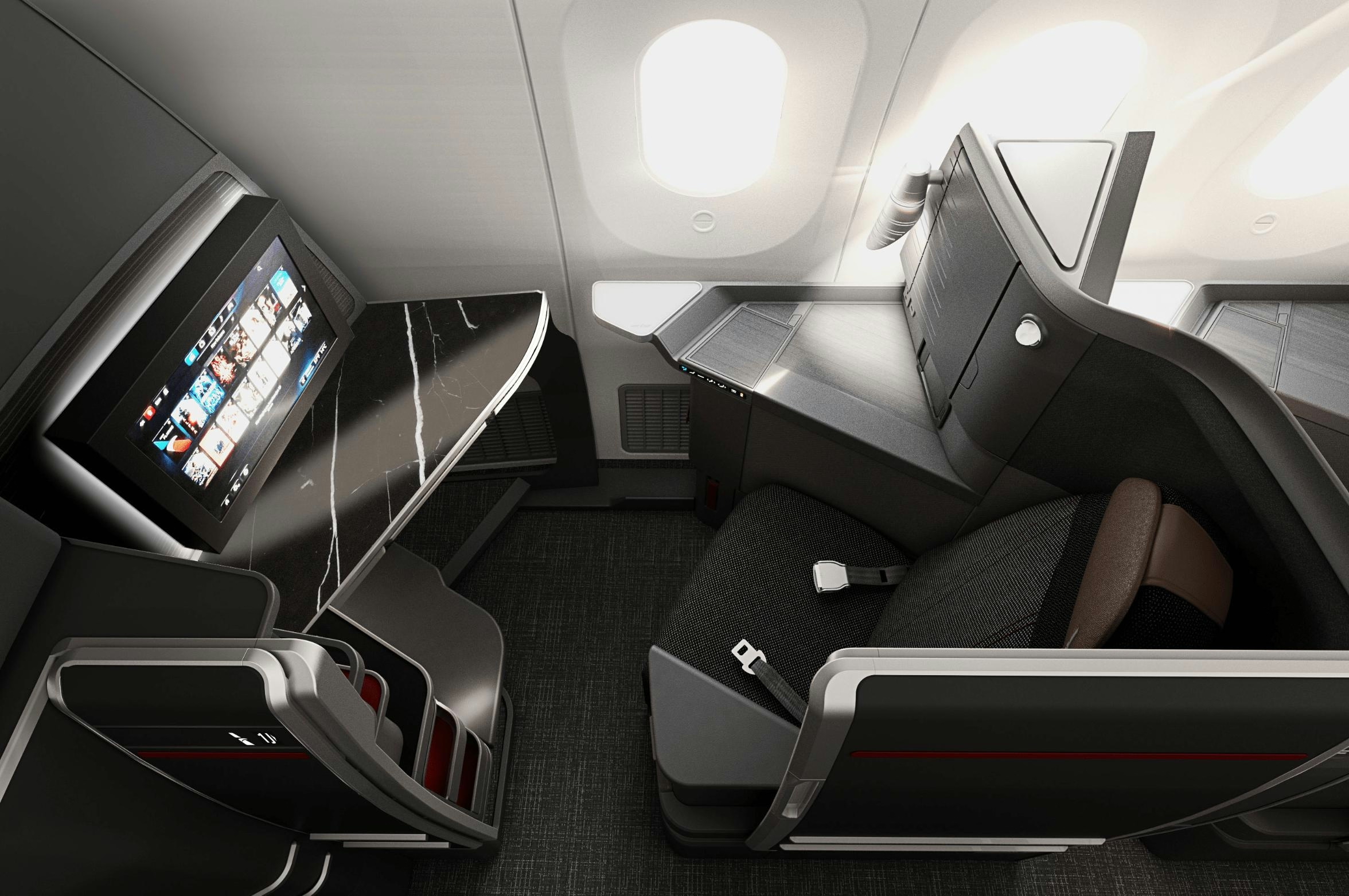
American Airlines Uses AI to Enhance Travel Experience and Support Tourism

CORRIDOR Introduces AI Operations Manager in Partnership with West Star Aviation
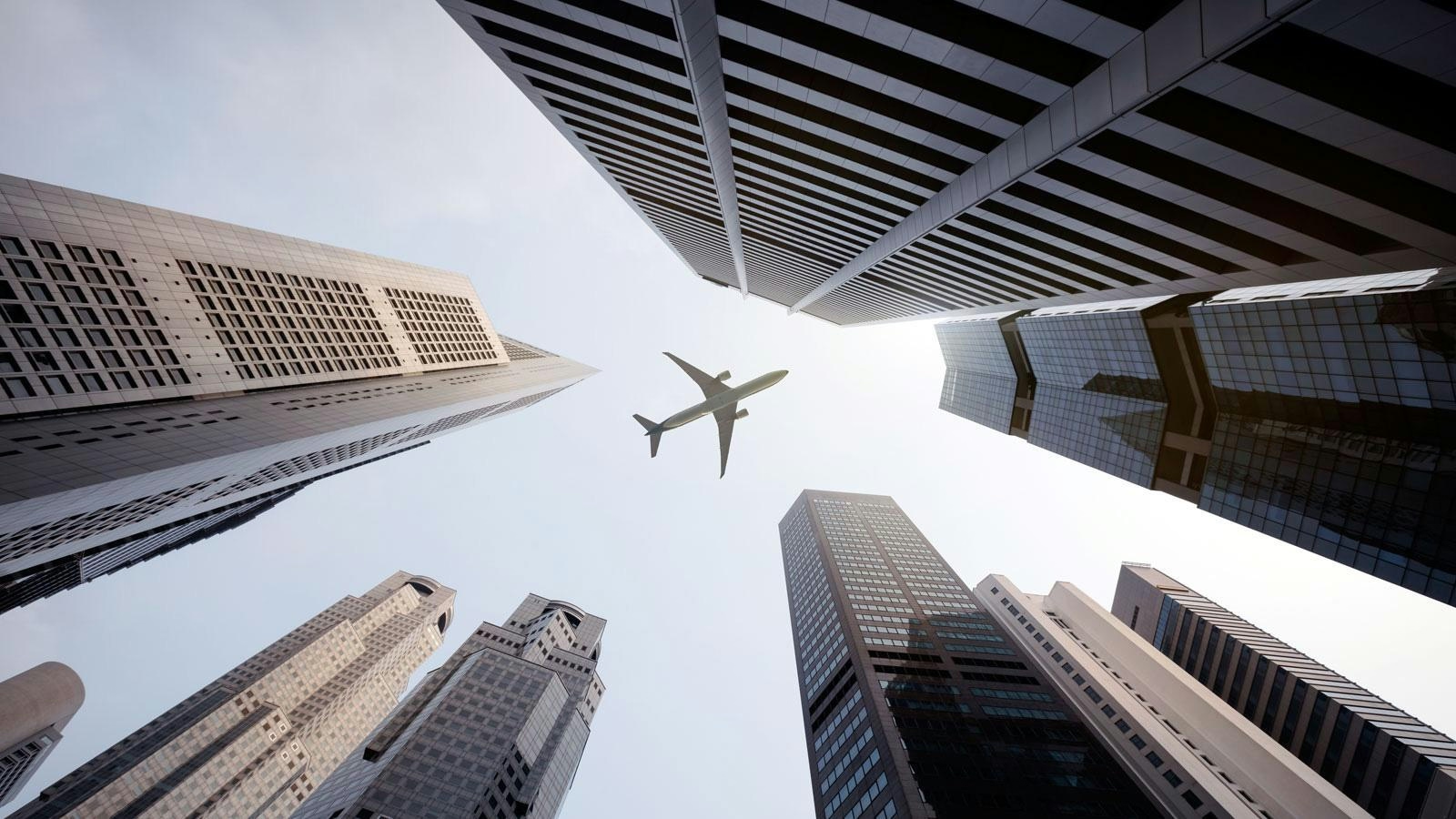
IATA Warns Supply Chain Issues Could Slow Airline Growth

The Economics of Dismantling a Six-Year-Old Aircraft
